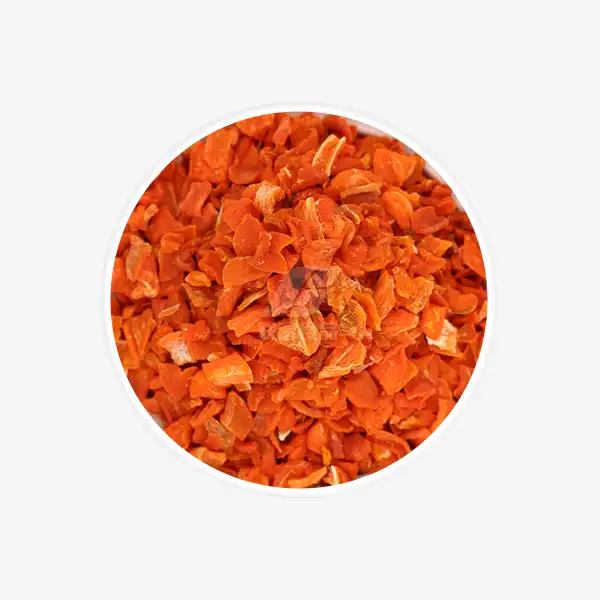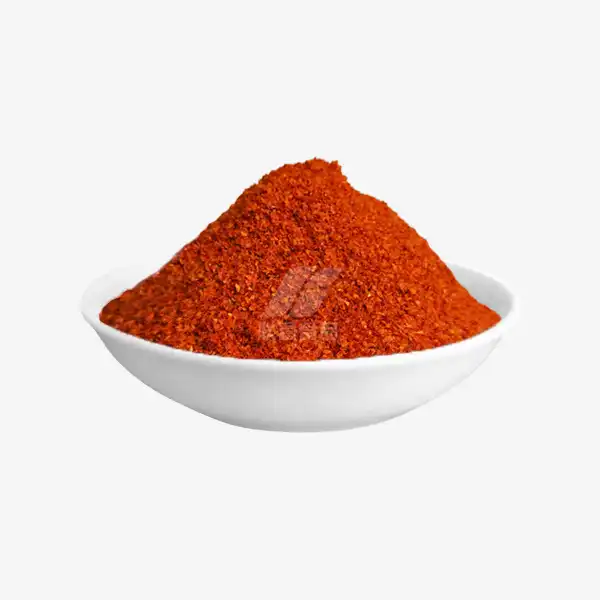Best Storage Tips for Dehydrated Carrots to Keep Them Fresh
Carrot dehydrated are a versatile and convenient pantry staple, offering a long shelf life and concentrated flavor. Whether you've prepared them at home or purchased them commercially, proper storage is crucial to maintain their quality and nutritional value. This comprehensive guide will explore the best practices for storing dehydrated carrots, ensuring they remain fresh and ready for use in your favorite recipes.
Ideal Containers for Storing Dehydrated Carrots
Selecting the right container is paramount when it comes to preserving your dehydrated carrots. The goal is to create an environment that protects against moisture, light, and air exposure. Here are some top choices for storage containers:
Glass Jars with Airtight Lids
Mason jars or other glass containers with tight-fitting lids are excellent options for storing dehydrated carrots. Glass is non-reactive and doesn't impart any flavors to the stored food. The transparency allows you to easily monitor the condition of your carrots without opening the container.
Food-Grade Plastic Containers
If you prefer a lighter option, food-grade plastic containers with secure lids can be suitable. Ensure they are BPA-free and specifically designed for long-term food storage. Opaque containers offer better protection against light exposure.
Vacuum-Sealed Bags
For maximum air removal, vacuum-sealed bags are highly effective for carrot dehydrated. They're particularly useful if you plan to store large quantities or want to portion your dehydrated carrots for convenient use.
Mylar Bags with Oxygen Absorbers
Mylar bags, when used in conjunction with oxygen absorbers, create an almost oxygen-free environment. This combination is ideal for long-term storage, especially if you're preparing for emergency situations or want to extend shelf life significantly.
Regardless of the container you choose, always ensure it's clean and completely dry before filling it with your dehydrated carrots. Any residual moisture can lead to mold growth or spoilage.
How to Prevent Moisture in Dehydrated Carrot Storage?
Moisture is the nemesis of dehydrated foods, including carrots. Even a small amount can lead to rehydration, which creates an environment conducive to mold growth and bacterial proliferation. Here are some strategies to keep moisture at bay:
Proper Dehydration Techniques
The foundation of successful storage begins with thorough dehydration. Ensure your carrots are completely dry before storage. They should be brittle and snap easily when bent. If there's any flexibility, continue dehydrating until they reach the proper consistency.
Conditioning Process
After dehydration, it's crucial to condition your carrots. This process involves placing them in a sealed container for about a week, shaking the container daily. This allows any residual moisture to distribute evenly among the pieces. If you notice any condensation, return the carrots to the dehydrator for further drying.
Use of Desiccants
Silica gel packets or other food-safe desiccants can be added to carrot dehydrated storage containers to absorb any ambient moisture. These are particularly useful in humid climates or if you frequently open and close your storage containers.
Cool and Dry Storage Location
Choose a storage spot that's cool, dry, and dark. Avoid areas prone to temperature fluctuations or high humidity, such as near stoves, dishwashers, or under sinks. A pantry shelf or a cool basement can be ideal locations.
Regular Inspections
Periodically check your stored dehydrated carrots for any signs of moisture. If you notice clumping or any changes in texture, it may indicate moisture infiltration. In such cases, re-dehydrate the affected carrots immediately.
Shelf Life of Carrot Dehydrated: What to Expect?
When stored properly, dehydrated carrots can have an impressive shelf life. However, several factors can influence how long they remain at peak quality:
Typical Shelf Life
Under optimal storage conditions, dehydrated carrots can maintain their quality for 8 to 10 months. However, with meticulous preparation and storage, they can potentially last up to a year or even longer.
Factors Affecting Shelf Life
- Initial Quality: The freshness and quality of the carrots before dehydration play a significant role in determining shelf life.
- Dehydration Method: Carrots dehydrated at the correct temperature and for the appropriate duration tend to have a longer shelf life.
- Storage Conditions: Temperature, humidity, and exposure to light all impact longevity. Cooler temperatures and lower humidity levels generally extend shelf life.
- Packaging: Airtight containers that protect against moisture and oxygen ingress contribute to longer shelf life.
Signs of Spoilage
While carrot dehydrated has a long shelf life, they're not immune to spoilage. Be vigilant for these indicators:
- Off Odors: Any musty or rancid smells suggest spoilage.
- Visible Mold: Any sign of mold growth means the carrots should be discarded immediately.
- Color Changes: Significant darkening or discoloration may indicate quality degradation.
- Texture Changes: If the carrots become overly soft or develop an unusual texture, they may have absorbed moisture and should not be consumed.
Rotation and Usage
To maximize the benefits of your carrot dehydrated, implement a first-in, first-out (FIFO) system. Use older stock first and replenish with fresh batches. This ensures you're always using your carrots at their best quality.
Rehydration Tips
When you're ready to use your dehydrated carrots, proper rehydration is key to restoring their texture and flavor. Generally, you can rehydrate them by soaking in hot water for about 20 minutes, or add them directly to soups and stews where they'll absorb liquid during cooking.
Conclusion
Mastering the art of storing carrot dehydrated allows you to enjoy their nutritional benefits and convenience year-round. By choosing appropriate containers, preventing moisture ingress, and understanding shelf life expectations, you can ensure your dehydrated carrots remain a reliable and flavorful addition to your culinary repertoire. Remember, the key to success lies in starting with high-quality carrots and maintaining vigilant storage practices. With these tips, you'll be well-equipped to keep your dehydrated carrots fresh and ready for use whenever you need them.
For more information on our range of high-quality dehydrated vegetables, including our premium dehydrated carrots, please don't hesitate to contact us at qingzhengliu@jslianfu.com. Our team of experts is always ready to assist you with any questions about our products or dehydrated food storage techniques.
References
1. Johnson, M. E. (2020). "The Complete Guide to Food Dehydration and Storage." Harvest Press.
2. Smith, A. R. (2019). "Long-Term Food Preservation Techniques." Survival Quarterly, 15(3), 78-92.
3. National Center for Home Food Preservation. (2021). "Drying Vegetables." University of Georgia Extension.
4. Williams, D. T. (2018). "Optimizing Shelf Life of Dehydrated Vegetables." Journal of Food Science and Technology, 55(4), 1423-1435.
5. Brown, L. K. (2022). "Home Food Dehydration: Principles and Best Practices." Culinary Institute of America Press.

_1729843393550.webp)









